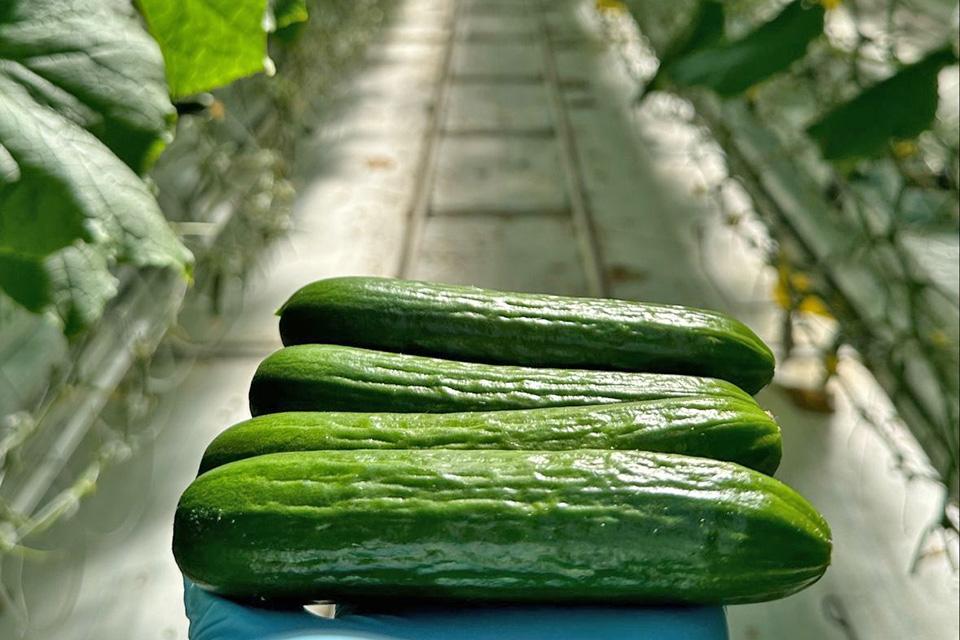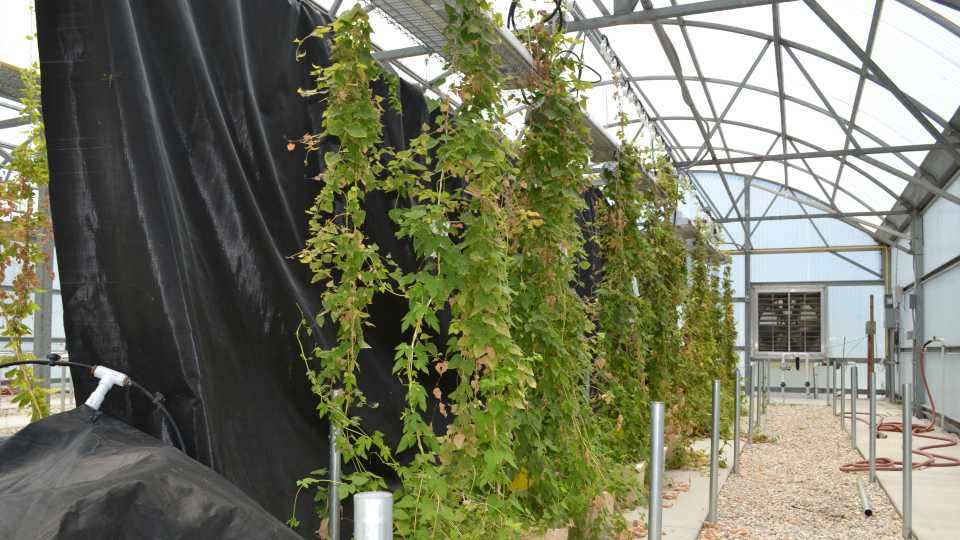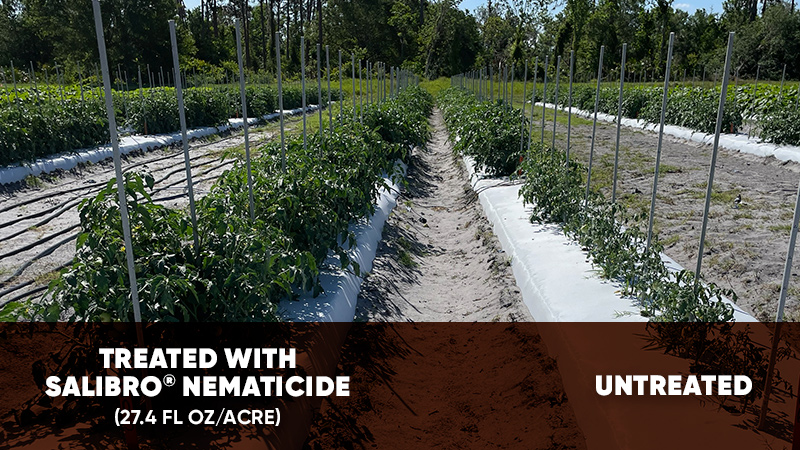When in Doubt About Your Vegetable Crop, Scout it Out

Some insects are small, requiring you to destroy the sample in order to fully inspect a lettuce head for both adult insects and larval feeding patterns.
Photo by Carol Miller
There’s an old saying we use out West when there is uncertainty in making pest management decisions — “When in doubt, scout.” Insect pests can be a grower’s worst enemy, so high-quality, leafy vegetables often depend on insecticides. But to use insecticides cost-effectively, growers must apply only when there is a need. Thus, scouting fields for insect pests plays an important role in making informed management decisions.
Scouting, also referred to as monitoring or sampling, is the foundation of most integrated pest management (IPM) programs. It allows you to determine the level of insect infestation and whether you need to apply controls to prevent economic losses.
With this information, growers can justify an insecticide application or avoid unnecessary chemical use.
Sampling Leafy Vegetables
Sampling is a key technique Pest Control Advisers (PCAs) use to monitor pest activity. The goal of a reliable sampling method is primarily to identify pest species and assess their abundance and damage.
Research and experience show visually inspecting plants is the most reliable method. This generally involves taking whole plants from various locations throughout the field. Then PCAs look for insect presence and feeding activity.
This can be particularly time-consuming for small pests like aphids that feed deep within some crops, like celery. It’s generally easier to scout for larger pests like cabbage looper and diamondback moth. These pests also leave holes in cabbage or cauliflower leaves, a sure indication of active larval feeding.
Some PCAs use pheromone traps to monitor for beet armyworm, corn earworm, and diamondback moths in desert crops. Spikes in trap catches generally indicate increased moth activity and can prompt PCAs to intensify their visual in-field sampling for eggs and larvae.
Yellow sticky traps placed near fields can help with species identification and monitor dispersal of aphids and whiteflies. However, to date, there is no scientific evidence that reliably correlates pheromone or yellow sticky trap catches with in-field population levels or the need to control them.
Economic Thresholds Key to Scouting
Ultimately, scouting is about making management decisions. Once a PCA has thoroughly scouted and determined the pest status in a field, an economic threshold helps them decide their next course of action.
In practice, an economic threshold is the level of pest abundance on plants that triggers a management action in the crop. In other words, once the pest pressure approaches or exceeds the economic threshold value (e.g. percentage of infested plants), you should initiate a control measure to prevent economic losses in yield and quality.
Historically, thresholds are a new tool. Growers and PCAs only recently began using them in leafy vegetable crops. Prior to the licensed PCA era, insecticide spray timing guidelines were subjective, at best. They suggested growers “treat as needed” or “repeat once or twice at weekly intervals.”
Recently though, IPM recommendations use economic thresholds developed by university entomologists. The recommendations specifically indicate when a spray should be applied.
PCAs quickly realized that by scouting and using thresholds, consumer demands for cosmetically clean and insect-free leafy vegetables did not require season-long plant protection. Just because a few insects are present does not automatically warrant an insecticide application. Using thresholds based on reliable scouting allows a PCA to delay spray applications until absolutely needed, or not at all.
Where to Set Thresholds?
Currently, leafy-vegetables economic thresholds tend to be conservative and often low due to the fresh market demands for high-quality produce.
In iceberg lettuce, for example, the economic threshold for lepidopterous larvae is designed to avoid losses in quality. At harvest, the threshold is low — one larva per 100 heads. That’s because unpredictable, weak market conditions can lead to contaminated heads being downgraded or even rejected.
Economic thresholds are also used to avoid direct crop losses. Bagrada bug feeding on young broccoli seedlings can cause plant death or lead to plants without crowns at maturity.
To prevent these losses, an economic threshold has been established that triggers an insecticide treatment when 5% of plants have fresh feeding signs on cotyledons and young leaves. Continuous scouting throughout the season will determine whether additional treatments are needed.
So, the take home message is this: In leafy vegetables there is no substitute for in-field scouting. Scouting begins at crop establishment and ends with harvest. The intensity of scouting varies among PCAs, but scouting should adequately cover enough of the field to reliably estimate the presence of a pest and its abundance or damage. When pest pressure is high, scouting for a pest can be done quickly. However, under low pest pressure, many samples may be needed to determine their presence. Because cost-effective management decisions are based on pest abundance and damage, it is essential that scouting is thorough and accurate. So, when there is any doubt, the best thing you can do is — scout.










